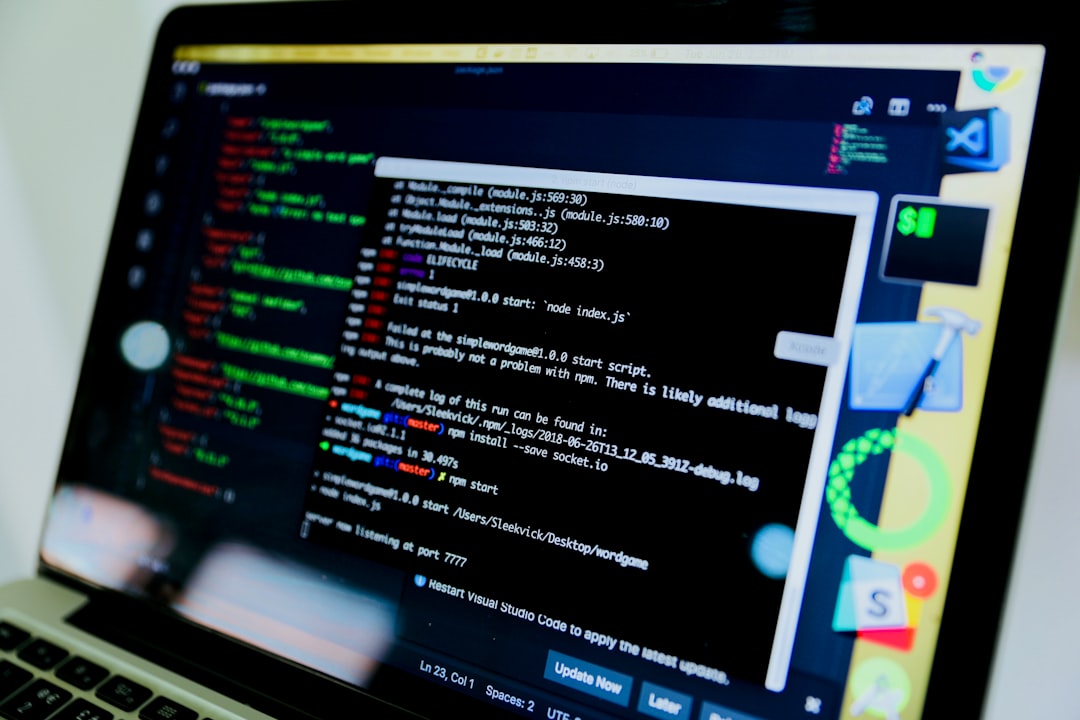The University of Michigan is doing something very cool. Instead of using big-name AI tools from companies like OpenAI or Google, they built their own. Yes, their own closed generative AI tools! That means the AI is private, safe, and made just for their students and teachers.
This wasn’t a last-minute idea. It was planned. So, why did they do it? And how?
Why Build Their Own AI?
There are a few big reasons. Let’s break them down:
- Privacy: Students and teachers deal with sensitive data. Grades, research, ideas — all this needs protection. A private AI tool stays in-house and keeps data safe.
- Customization: Off-the-shelf AIs are made for everyone. Michigan wanted tools made just for education. Their AI understands the unique needs of a university.
- Cost: Using commercial AI tools can get pricey. The university thought, “Why pay forever when we can build our own now?”
- Ethics: Big tech companies don’t always follow university values. Michigan wanted AI tools that match their commitment to fairness and transparency.
So, privacy, flexibility, cost, and ethics were the main drivers. Makes sense, right?
What Kind of AI Tools Did They Make?
They didn’t build just one tool. There’s a whole toolbox! Here are some examples:
- Writing Assistant: Helps students brainstorm, outline, and edit essays.
- Code Helper: Assists with programming assignments and debugging tips.
- Lecture Buddy: Summarizes class notes and explains tough concepts.
- Research Assistant: Helps with reading academic papers and generating ideas.

All these AI tools live inside the university’s private network. Only students and staff can use them. That’s a big deal!
How Did They Build It?
It wasn’t easy. But Michigan has smart people and a forward-thinking team.
Here’s what they did:
- Picked Open-Source AI Models: They started with open models like LLaMA and Mistral. These are powerful and free to use.
- Trained on Safe Data: To avoid copyright and privacy problems, they only used data from their own campus — like student essays, class notes, and internal documents.
- Hired Skilled IT Teams: Michigan’s IT staff built servers and installed the models. It’s like building your own mini Google brain!
- Tested a Lot: Before launching, they tested, tweaked, and tested some more. Students helped too.
This whole project is known as MI-GPT. It’s short for “Michigan GPT.” Catchy, right?
What Are the Benefits So Far?
After rolling out MI-GPT, the feedback was amazing. Here’s what people liked:
- Faster writing and less stress on homework
- Fair grading and assignment help
- No worries about data getting stolen
- A stronger sense of campus innovation
More than 20,000 people have used MI-GPT. And it’s growing fast!

What Can Other Schools Learn?
The University of Michigan is setting a trend. Other universities are watching closely. Here are a few lessons:
- You don’t need to rely on big tech. With open tools and smart minds, you can build your own AI.
- Privacy matters. Students and staff feel safer with local models.
- Education has special needs. Custom AI can make learning more fun and fair.
What’s Next for MI-GPT?
Michigan isn’t stopping here. They’re working on more features, like voice interactions and real-time translation. Plus, they plan to share some tools with other universities — for free!
AI is changing education. And Michigan is leading the way by doing it their way — smart, safe, and student-friendly.
Pretty cool, huh?




